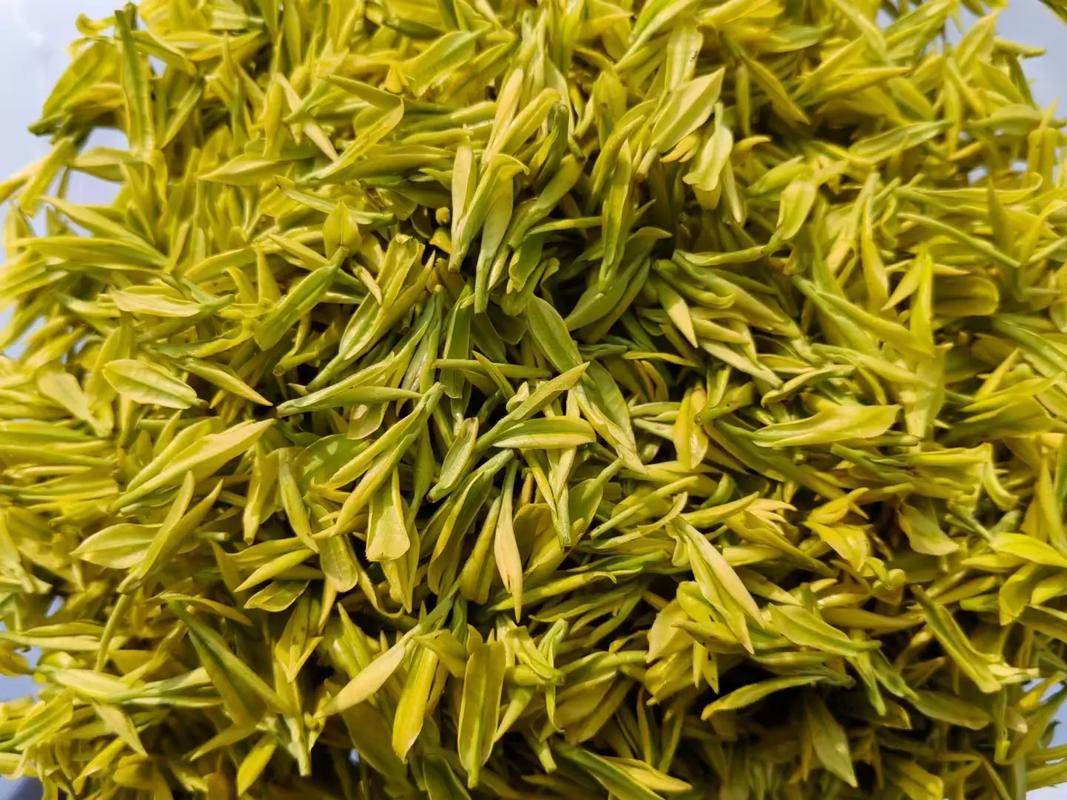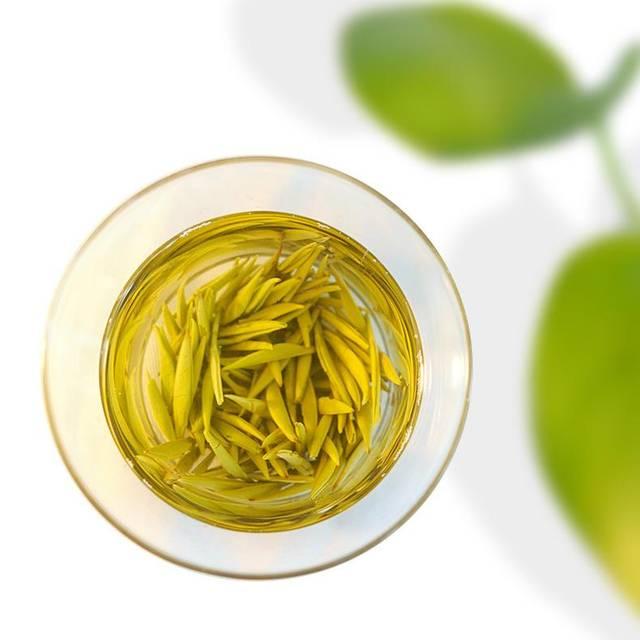In the heart of ancient China, where mist clings to emerald hills and whispers of emperors linger in the air, lies a tea story painted in gold—the tale of yellow tea. Unlike its vibrant green or robust black cousins, yellow tea’s journey is one of imperial secrecy, artistic patience, and a flavor profile as elusive as the moon’s reflection on water.

The Imperial Cradle: Birth of a Golden Leaf
Legend traces yellow tea’s origins to the Tang Dynasty (618–907 AD), when Emperor Huizong dreamed of a tea that shimmered like liquid amber. His court alchemists, mistaking his vision for a royal command, labored to create a brew unlike any other. They discovered that by “sealing” freshly picked leaves in damp cloth, a slow oxidation began, transforming green to gold. This “menhuang” (covering yellow) process, requiring precise humidity and timing, was deemed too precious for commoners. Thus, yellow tea became the emperor’s elixir, sipped from porcelain cups adorned with dragons.
The Song Dynasty’s Silent Symphony
By the Song Dynasty (960–1279 AD), yellow tea’s production reached an art form. Tea masters in the Huizhou region (modern Anhui) perfected the “sanhuang sanlv” technique—three rounds of sealing and three of slow drying. This ritual, akin to composing a silent symphony, imbued the tea with a mellow sweetness and a lingering floral aftertaste. It was during this era that Huangshan Mao Feng (Yellow Mountain Fur Peak) emerged, its downy buds symbolizing harmony between humanity and nature.
The Ming Dynasty’s Tea of Virtuous Scholars
The Ming Dynasty (1368–1644 AD) saw tea evolve from imperial luxury to a symbol of scholarly virtue. Zhu Yuanzhang, the Hongwu Emperor, promoted simplicity in tea ceremonies, yet yellow tea retained its elite status. Literati prized its subtlety, likening it to ink painting—a delicate balance of light and shadow. In tea houses nestled beside willow-lined canals, scholars debated philosophy over cups of Junshan Yinzhen (Jun Mountain Silver Needle), its silken texture a metaphor for their pursuit of enlightenment.
Modern Resurgence and Global Whispers
For centuries, yellow tea’s complexity limited its appeal beyond China’s elite. Yet, in the 21st century, a global thirst for niche teas has reignited interest. Artisan producers in Fujian and Hunan now experiment with terroir and aging, crafting yellow teas that evoke notes of honeyed apricot or sun-warmed hay. In Parisian salons and Tokyo tea rooms, connoisseurs savor these “golden liquids,” their stories of emperors and scholars adding layers to each sip.
A Legacy in Every Leaf
Today, yellow tea remains a testament to China’s tea alchemy—a dance between human ingenuity and nature’s rhythms. Each leaf, meticulously sealed and slowly transformed, carries the weight of a thousand-year legacy. It is not merely a drink, but a bridge between past and present, inviting us to pause, as emperors and scholars once did, and find in its golden hue a moment of quiet perfection.
So, the next time you encounter a cup of yellow tea, let it transport you to misty mountains and imperial courts. In its gentle aroma and lingering sweetness, you’ll taste not just tea, but the very essence of time itself.



